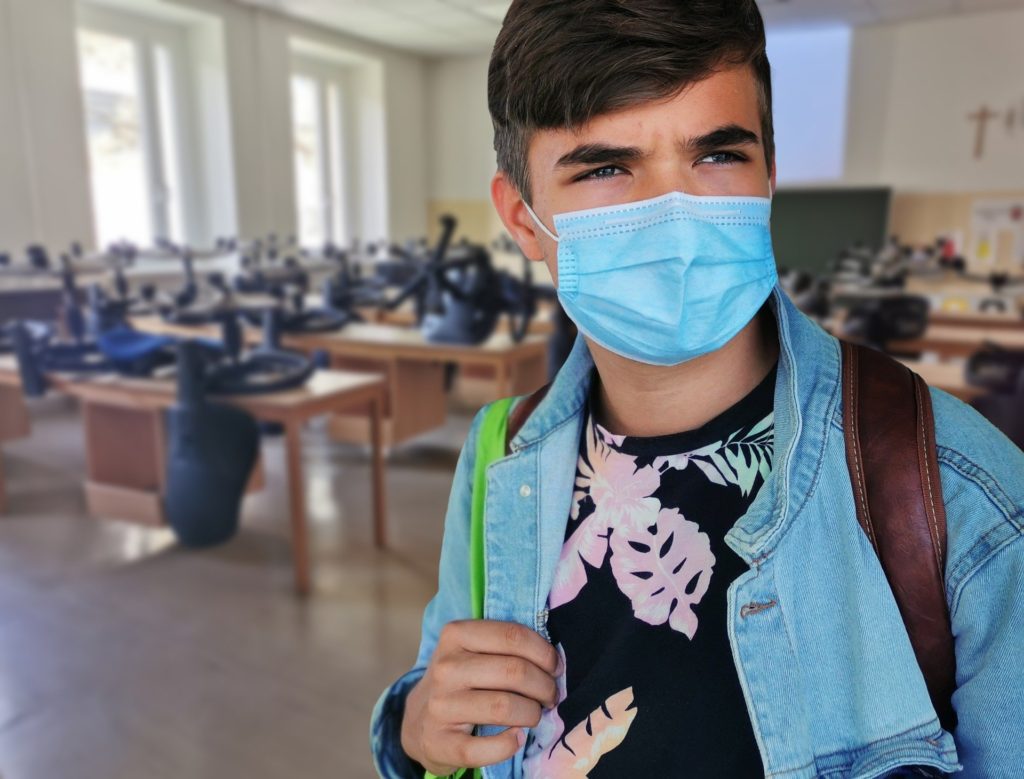
As some schools reopen across the country, the CDC has recommended temperature screening to help slow the spread of COVID-19. Their guidelines specify to measure a person’s temperature before they enter a facility. Because of this, schools and businesses are implementing temperature screenings, some using handheld thermometers and others using thermal cameras. But which method makes more sense? What are the pros and cons of each method?
Handheld thermometers are small devices that use infrared to measure someone’s body temperature. These thermometers need an operator to hold the device and point it at the person’s forehead from a distance of one to four feet.
Thermal cameras, also called thermal imaging systems, are devices that measure someone’s body temperature by detecting their face and looking at the tear ducts of the eyes. This is from a camera positioned 6-15 feet away. Thermal cameras do not need an operator, except to set up the device away from reflective backgrounds and out of direct sunlight.
Handheld thermometers are popular for a reason: they’re inexpensive and fairly accurate if used properly. Most range in price from $20-$80 on the cheaper end, to $100-$1,000 for more expensive name brands. The benefits of using handheld thermometers according to the FDA include:
- They quickly measure and display a person’s temperature.
- They can quickly retake a person’s temperature if needed.
- They’re easy to use, clean, and disinfect.
If your building has more than 15 persons onsite, thermal cameras may be more cost-efficient. Thermal cameras are being used in increasing numbers due to their accuracy, ease, and cost savings. Across the industry, prices range from $5k for moveable kiosks to $30k for more automated and high-end systems. The FDA lists the following benefits of thermal cameras:
- They don’t require an operator to be physically close to the person being evaluated.
- They can measure surface skin temperature faster than the typical forehead thermometer.
- When used correctly, they provide more accurate temperature measurements.
Like handheld devices, thermal cameras have their own set of limitations. The FDA’s limitations for thermal cameras include:
- They are not as effective when used to take the temperature of multiple people at the same time and should not be used for “mass fever screening.”
- They only work effectively when the system is set up properly, in the correct location.
Sonitrol Great Lakes has been protecting schools across the region for more than 50 years. Contact us to learn more about thermal imaging technology, as well as our other security products and services.
